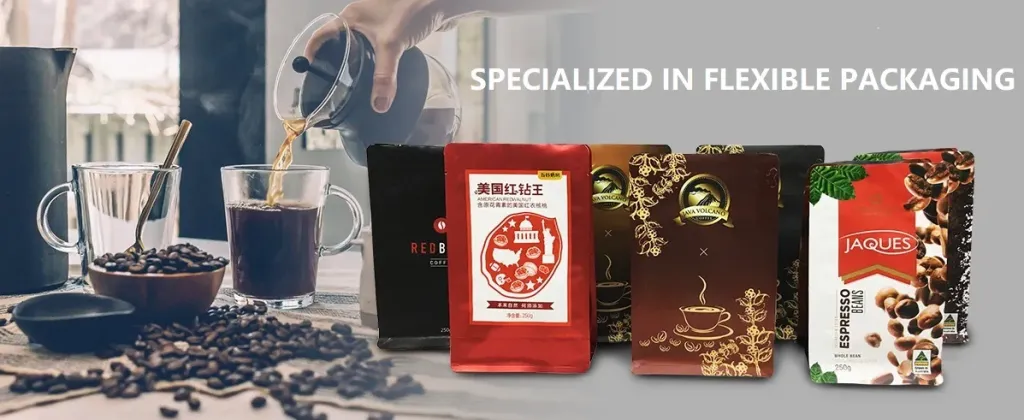Dated on Jan-13-2025


Push-fit fittings have gained popularity in recent years due to their user-friendly design. As implied by their name, these fittings simply push onto the end of a pipe, securing themselves without the need for soldering, threading, or adhesives. They’re particularly beneficial in DIY projects and are compatible with a variety of pipe types, facilitating quick and efficient installations. Despite their convenience, it is crucial to verify compatibility with the specific materials in use to ensure a secure fit. Flange fittings represent a distinct type, typically used in systems that require frequent inspection or maintenance. Their design allows for easy access to the connected pipes by unbolting the flanges. These are prevalent in industrial settings, particularly where connections with valves or pumps are necessary. The strength and flexibility of flange fittings make them ideal for high-stress environments. Finally, consider the role of crimp fittings in plumbing, which tend to be a choice for those working with PEX piping systems. Crimp fittings use a copper ring that compresses against the fitting, ensuring a stable and leak-free connection. This method provides a reliable alternative to metal fittings, especially in residential plumbing setups. Choosing the right type of fitting requires a balance of knowledge and experience. Each fitting type offers unique benefits tailored to different applications. By understanding these distinctions and consulting with experts where necessary, the selection of appropriate fittings can lead to enhanced efficiency, extended longevity, and improved safety of any piping system. Professionals in the construction and plumbing industries continuously upgrade their knowledge on fittings to incorporate cutting-edge solutions, ensuring best practices are applied to their work, which is essential in building systems that stand the test of time.
Post time: Jan-13-2025
Prev:
Next:
Related PRODUCTS









